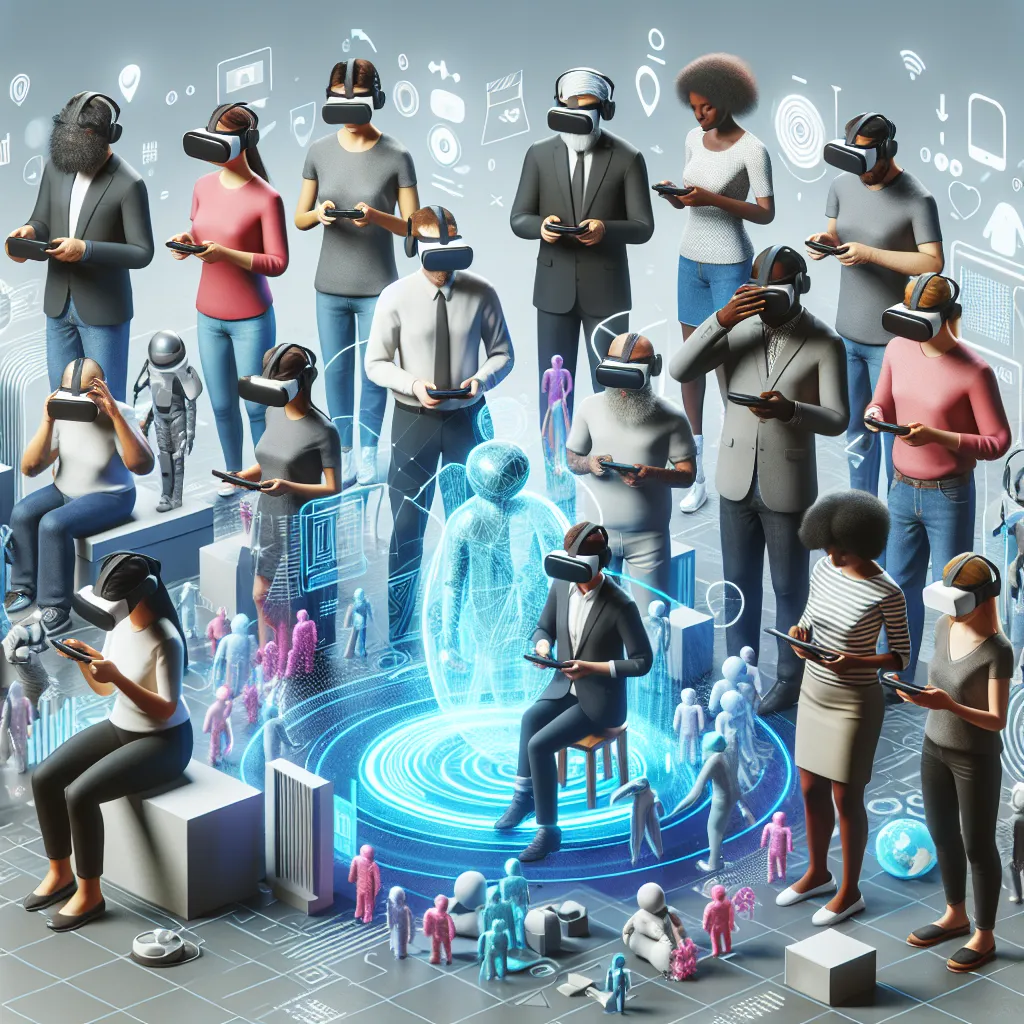The Impact of 5G on Virtual Reality Experiences
The impact of 5G on virtual reality experiences is poised to revolutionize the way we interact with VR technology. As 5G networks become more widespread, VR devices will no longer be tethered to bulky hardware, enabling more freedom of movement and a seamless user experience. The ultra-low latency and high bandwidth of 5G networks will pave the way for the development of more immersive VR applications, allowing users to explore virtual environments in unprecedented detail.
Furthermore, the integration of 5G into VR technology will unlock new possibilities for real-time multiplayer experiences, virtual collaboration, and telepresence applications. With the ability to transmit large amounts of data at incredibly high speeds, 5G will enable VR users to engage in shared virtual experiences with minimal lag, creating a sense of presence and connectivity that was previously unattainable.
Moreover, the combination of 5G and VR holds great potential for industries such as healthcare, education, and entertainment. Medical professionals will be able to utilize VR for remote surgeries and training simulations, while educators can offer immersive virtual lessons to students worldwide. In the entertainment sector, 5G-powered VR experiences will offer unparalleled levels of interactivity and immersion, revolutionizing gaming, live events, and cinematic experiences.
In conclusion, the integration of 5G into virtual reality technology marks a significant leap forward in the evolution of VR experiences. The high-speed, low-latency capabilities of 5G networks will unlock new frontiers for immersive content, collaborative environments, and real-world applications, ushering in a new era of connectivity and engagement in the virtual realm.
Advancements in Haptic Technology for Immersive VR
As the virtual reality (VR) industry continues to evolve, advancements in haptic technology are shaping the immersive VR experience of the future. Haptic feedback, which simulates the sense of touch through vibrations, forces, and motion, is playing a pivotal role in enhancing the realism and interactivity of VR environments. With the growing demand for more realistic sensory experiences, haptic technology is undergoing rapid innovation to meet the expectations of users.
One of the key trends in haptic technology for immersive VR is the development of more sophisticated and precise haptic feedback mechanisms. Traditional rumble-based haptic feedback is being replaced by more advanced systems that can deliver nuanced sensations, such as textures, temperatures, and even shapes, to create a truly immersive experience. This trend is driven by the need to replicate a wide range of tactile sensations in virtual environments, providing users with a heightened sense of presence and realism.
Furthermore, the integration of haptic gloves and full-body suits equipped with haptic feedback devices is gaining momentum in the VR industry. These wearable haptic devices allow users to feel the virtual world through their entire body, enhancing the sense of immersion and creating more profound connections between the user and the digital environment. Innovations in haptic gloves are focused on achieving precise hand tracking and delivering realistic touch sensations, enabling users to interact with virtual objects and feel their properties with astonishing fidelity.
Another significant innovation in haptic technology is the advancement in force-feedback systems. These systems are designed to simulate the resistance or pressure encountered when interacting with virtual objects, adding a new dimension of realism to VR experiences. By integrating force-feedback mechanisms into VR controllers and simulators, users can perceive the physical properties of virtual objects, such as weight, resistance, and impact, enhancing their overall sense of immersion and interaction.
In conclusion, advancements in haptic technology are driving the evolution of immersive VR, propelling the industry towards more lifelike and compelling virtual experiences. The ongoing innovations in haptic feedback mechanisms, wearable haptic devices, and force-feedback systems are redefining the possibilities of sensory engagement in virtual environments, ultimately shaping the future of VR entertainment, training, and communication.
Creating Social Spaces in Virtual Reality: The Evolution of VR Chatrooms
As virtual reality technology continues to advance, the evolution of VR chatrooms is shaping the way people interact in virtual spaces. Creating social spaces in virtual reality has become a significant trend as companies and developers strive to enhance the immersive and social aspects of VR experiences. With the increasing popularity of VR chat applications, such as AltSpaceVR and VRChat, users can meet and socialize with others in virtual environments, transcending the limitations of physical distance.
Developers are focusing on innovations to make VR chatrooms more realistic and engaging, incorporating spatial audio technology to create a sense of presence and proximity. This allows users to perceive the spatial location of voices and interact more naturally, fostering a sense of being together in the virtual space. Furthermore, the integration of customizable avatars and interactive elements adds to the social experience, enabling users to express themselves and engage in activities within the virtual environment.
The evolution of VR chatrooms also extends to the creation of diverse virtual environments, from realistic settings to imaginative and fantastical realms. These varied spaces cater to different interests and preferences, providing opportunities for social interaction, collaborative experiences, and entertainment. Moreover, the ability to host events, meetings, and virtual gatherings within these chatrooms introduces new possibilities for socializing, networking, and conducting virtual events.
Looking ahead, the future of VR chatrooms is poised for further advancements, with the potential integration of AI-driven interactions, realistic haptic feedback, and even more seamless cross-platform connectivity. These innovations aim to create even more immersive and meaningful social spaces in virtual reality, redefining the way people connect and interact in the digital world.



